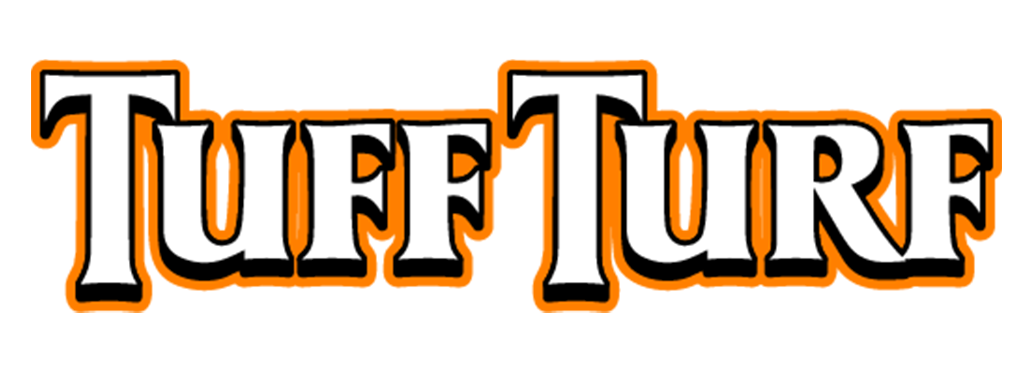Snow mold is caused when there is an extended period of snow cover on ground that is not completely frozen. It can also be brought on by a badly timed fertilizer application which causes a flush of growth too late in the fall. Snow mold can also occur under leaves that have not been cleaned up or amongst long grass that should have been mowed once more before winter set in.
Gray snow mold (also known as Typhula blight) appears in roughly circular bleached patches up to 2 feet in diameter. Grass is often matted and surrounded by a white to gray fluffy halo of fungus. While unsightly, it rarely kills the turf.
Pink snow molds (also known as (Fusarium patch) appear similar to gray ones, but have a pinkish cast. They do not require heavy snow cover, and may kill turf.
To prevent snow mold:
- In the Fall, continue to mow turf as it grows.
- Mow it as short as possible when it stops growing.
- Mulch up leaves into dime-sized pieces in the fall using your mower.
- In the Winter, avoid compacting the snow.
- In the Spring, rake matted grass in mold-damaged areas to encourage new growth.
Fungicide applications are not recommended when snow mold occurs. Spring fungicide applications will not effectively control or prevent the disease, nor will it speed up spring turf recovery.
The best way to speed recovery is to remove dead and matted material by light raking to promote air circulation and drying. A light spring nitrogen fertilization will help speed the formation and growth of new grass from the underground stems that are not harmed by the snow mold fungus. Lawns that appear slow to recover this spring will benefit from core aeration, followed by over seeding with the same grass species already present in the lawn.


Comments (0)
Thanks for your comment!
Thanks for your feedback! Your comments have been successfully submitted! Please note, all comments require admin approval prior to display.
Error submitting comment!
There is a problem with your comment, please see below and try again.